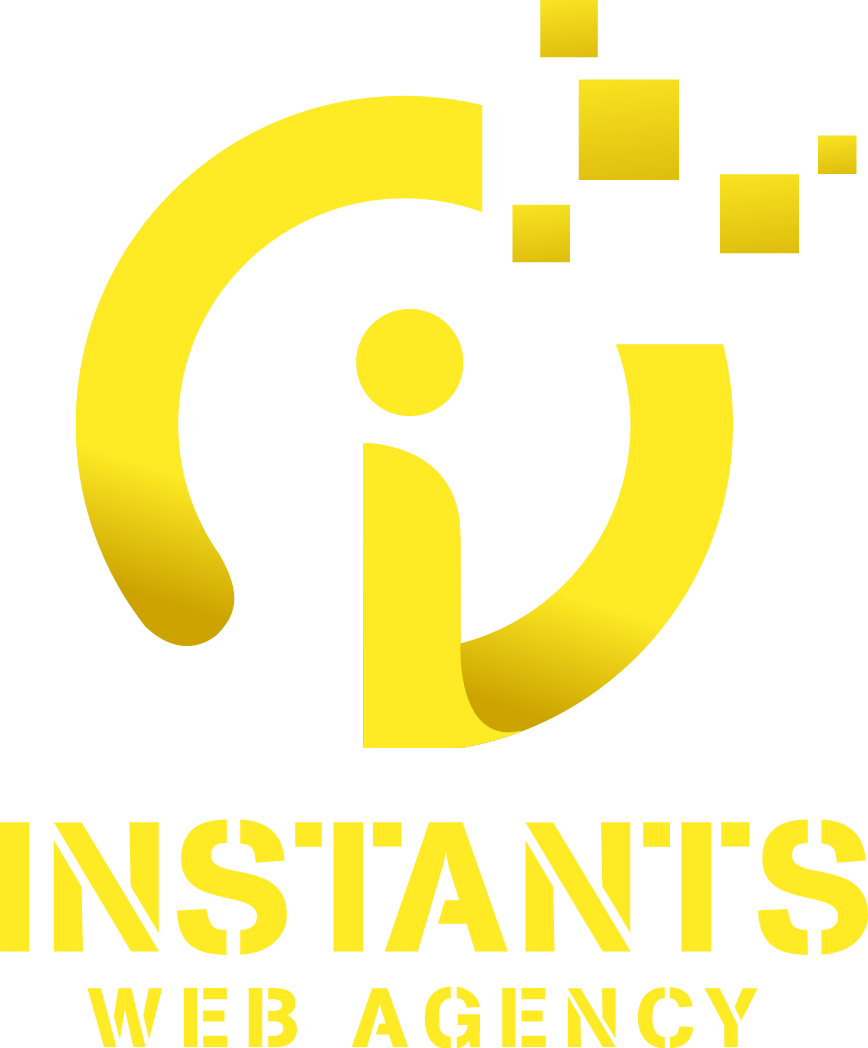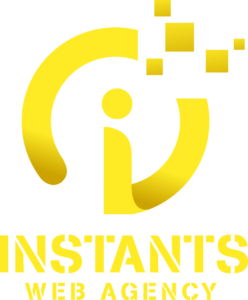Both methods are marketing strategies that help companies improve their performance. The difference between the two is that demand generation marketing helps companies create products or services that match customers’ needs, while inbound marketing helps companies attract customers to them.
Demand generation marketing:
Find the best products and services to meet customer needs.
Discover customers’ needs, then provide them with a corresponding product or service.
Inbound marketing:
Develops products that meet customer needs, then offers them to customers according to their interests.
Develops products or services that meet customer demand and offers them to customers.
Companies implementing an inbound marketing model don’t focus on the product, but rather on the customer experience offering. Inbound marketing helps companies find customers, while demand generation marketing helps companies discover customers’ needs and respond to their requests.
1. The benefits of demand generation
Companies that implement demand generation marketing strategies are more effective at achieving tangible results, as they discover customers’ needs and meet their expectations. Companies implementing an inbound marketing model don’t focus on the product, but rather on the customer experience offering.
3. How to use them together
The advantages of both approaches
In demand generation marketing strategies, the customer lifecycle begins with the implementation of a solution that meets a specific need or demand. The company’s know-how is leveraged to meet customer needs. This approach is based on the need, not the product.
The difference between the demand generation approach and the inbound marketing approach
Demand generation is based on customer experience needs, research and supply. The inbound marketing approach is based on a content strategy that creates value and relationships, whereas this approach is based on the product.
When developing a demand generation strategy, marketing activities are based on existing customers, not prospects. Demand always has to be created before a company can leverage it to meet customer needs. In the inbound marketing approach, prospects can be registered in a dashboard. This approach focuses on the creation and generation of quality content that creates value and supports a relationship of trust with the customer.
The inbound marketing approach is compatible with the affinity prospecting model. This approach uses tools such as blogs, article pages, mailing lists, websites and e-books to create inbound marketing activities.
The pluses and minuses of generation demand
Plus points :
Demand generation helps to cope with shrinking marketing budgets.
It allows us to face up to the competition.
It can be used to process customer data.
It enables us to reach a wider and more diverse target audience.
It reduces the cost of acquiring new customers.
The risk is limited by product development.
Minuses:
The demand generation requires a lot of resources to create relevant content.
In conclusion, companies that use the inbound marketing approach can thrive in a highly competitive market. In fact, the inbound marketing approach is compatible with an affinity-based prospecting strategy. The company must be able to create a relationship of trust with the customer. It must be able to understand customer needs through data collection and analyze customer buying behavior. The company also needs to know how to use this information to create relevant content for customers. What’s more, it must ensure that everyone is functional in content creation and distribution.
Article source: www.instants-web.fr

